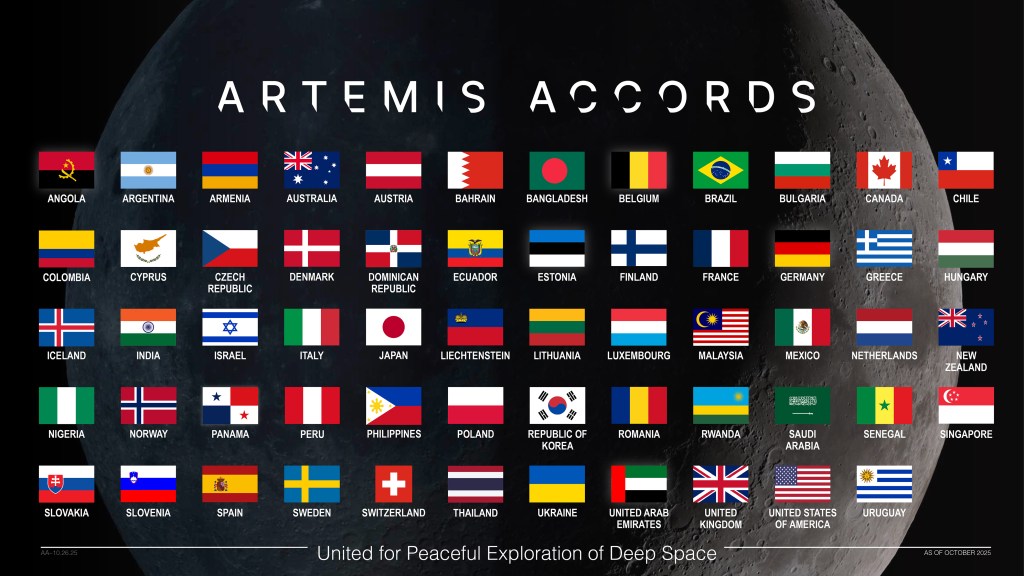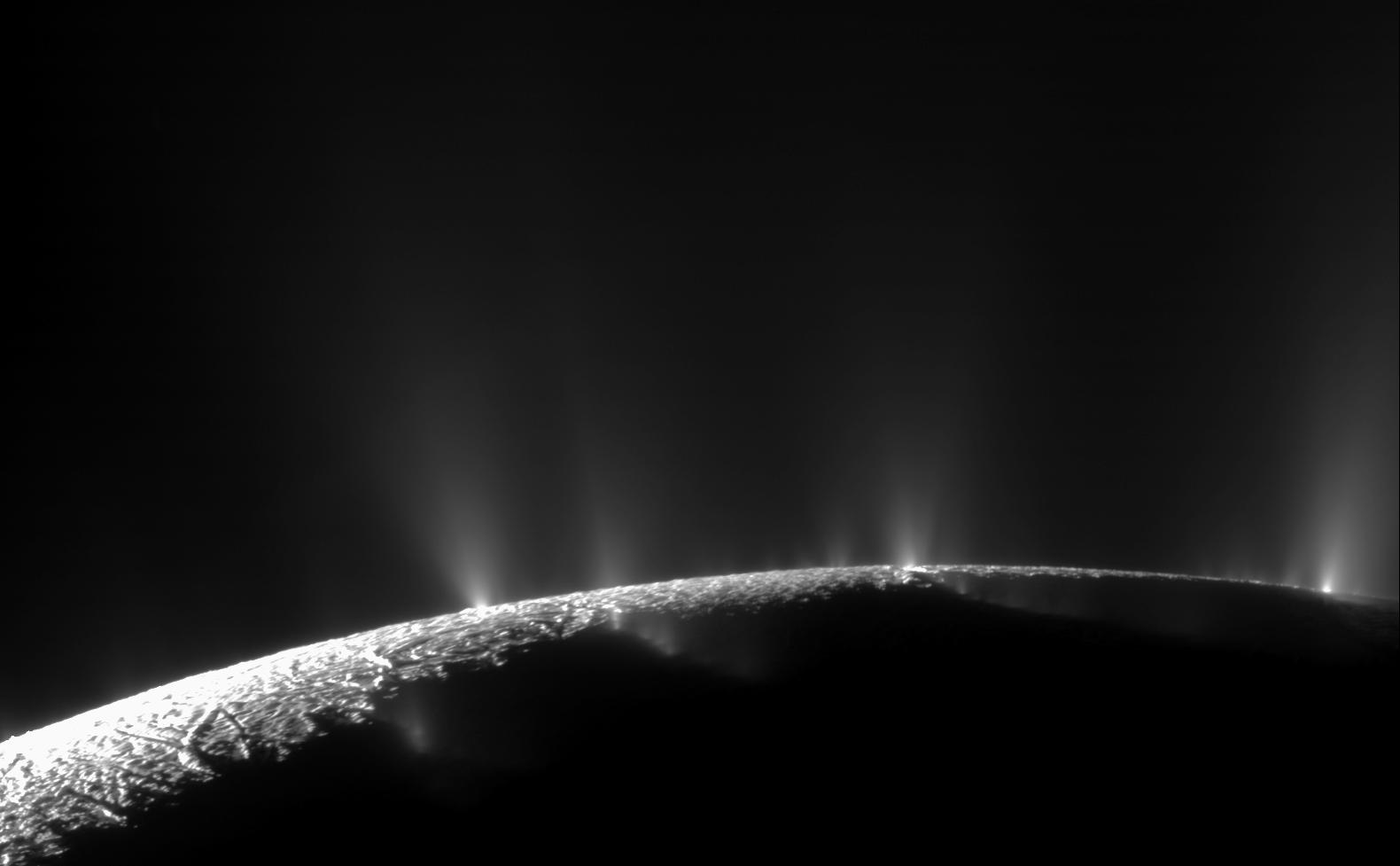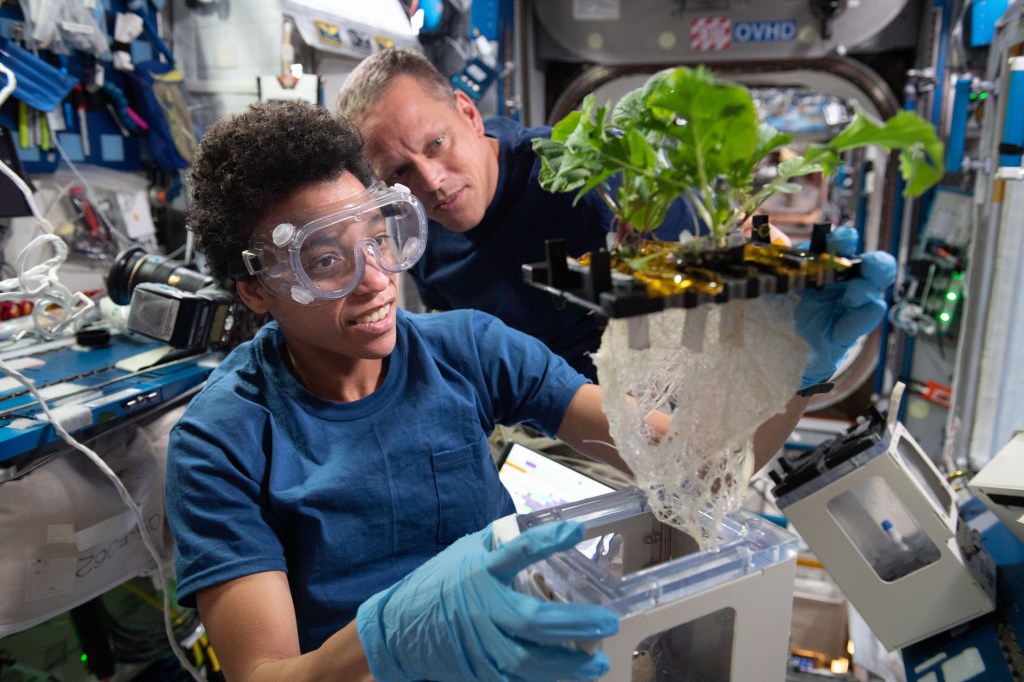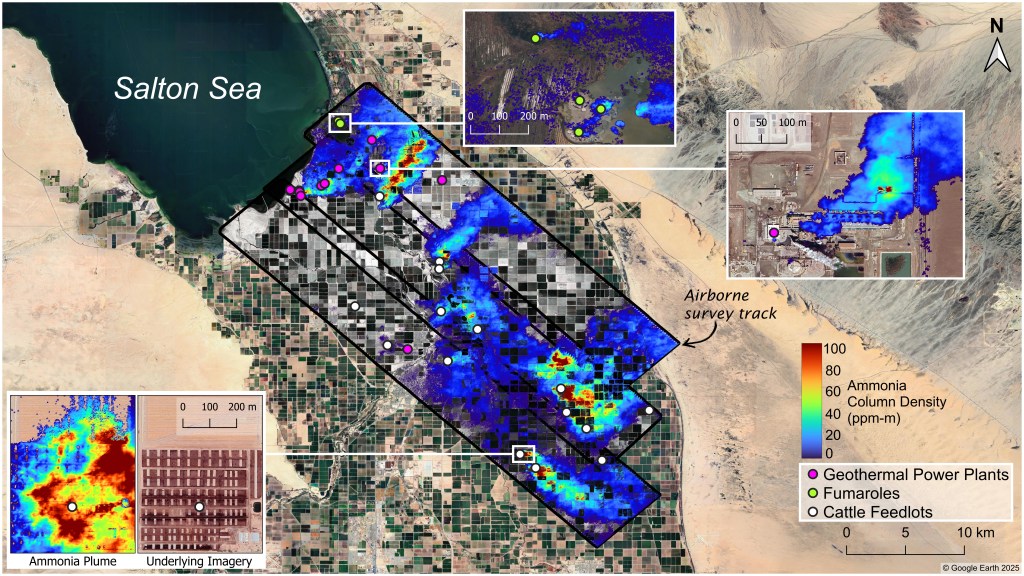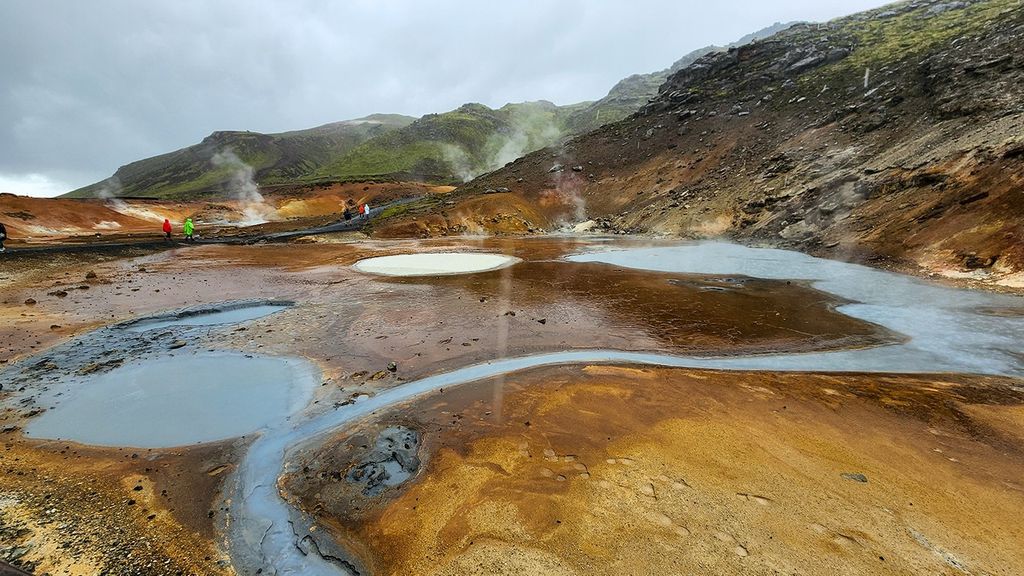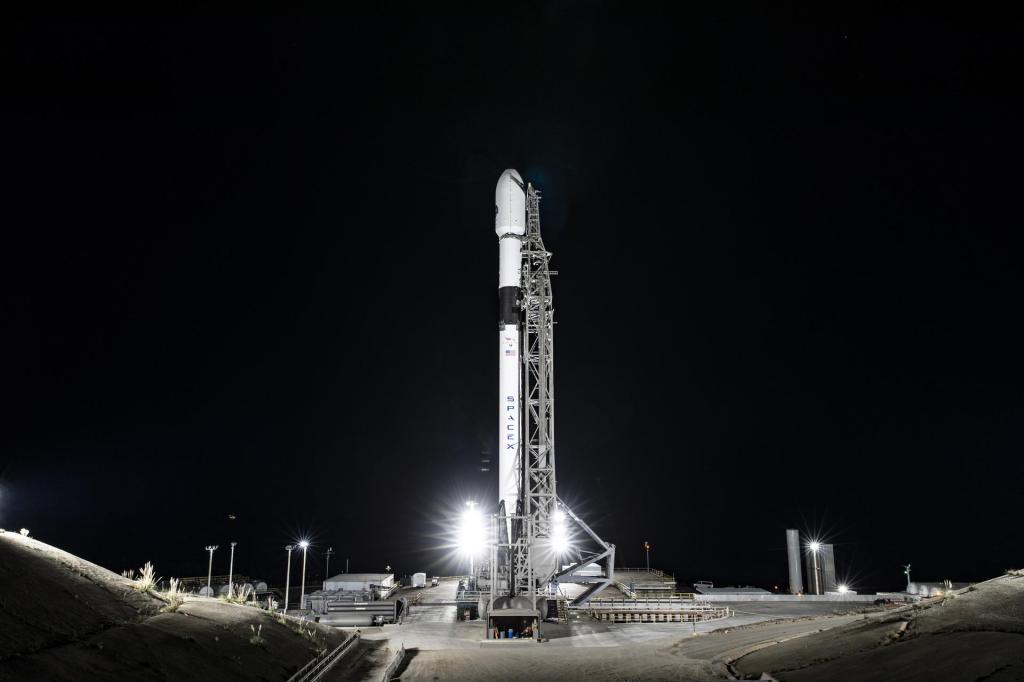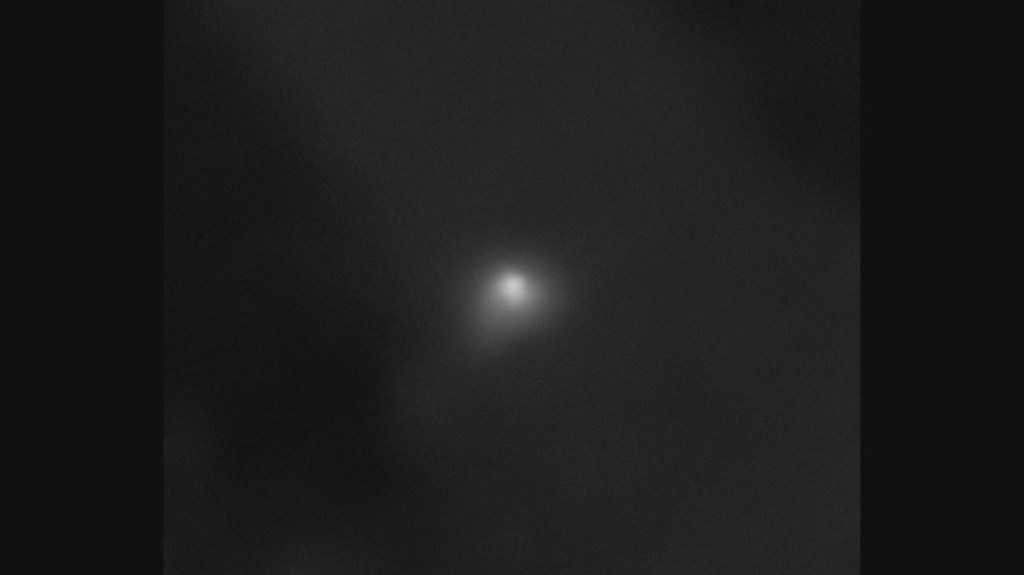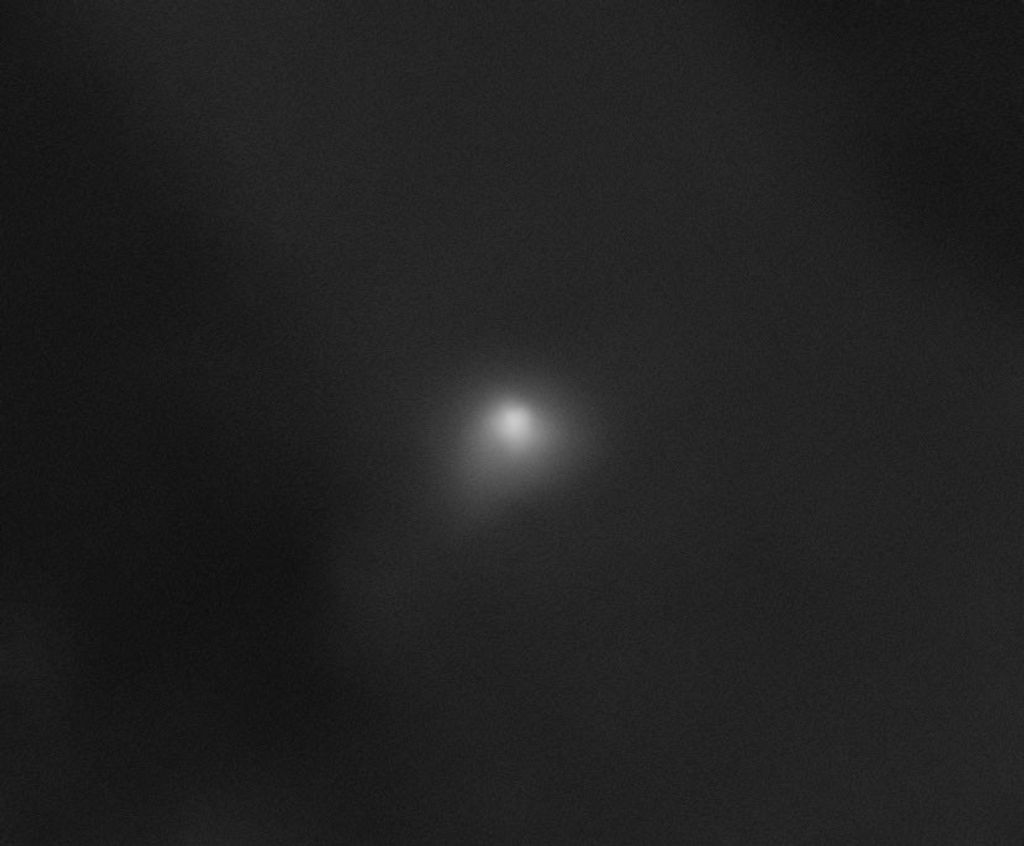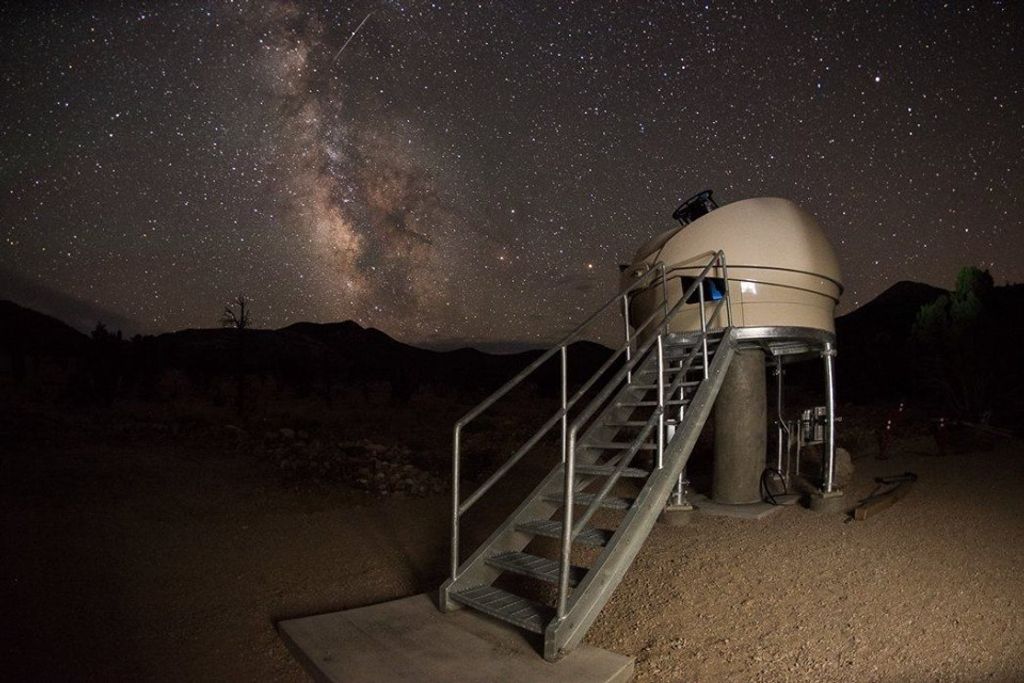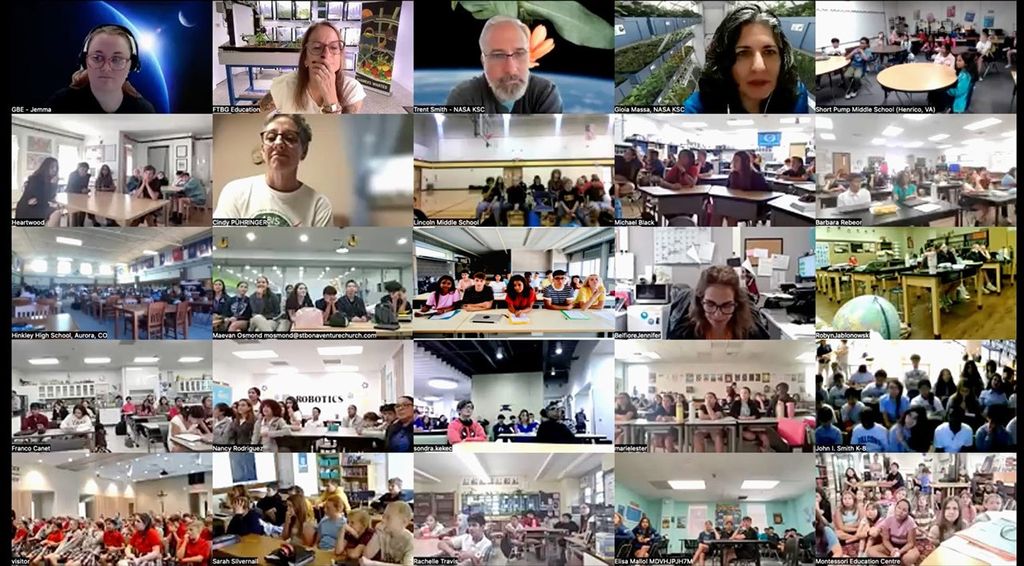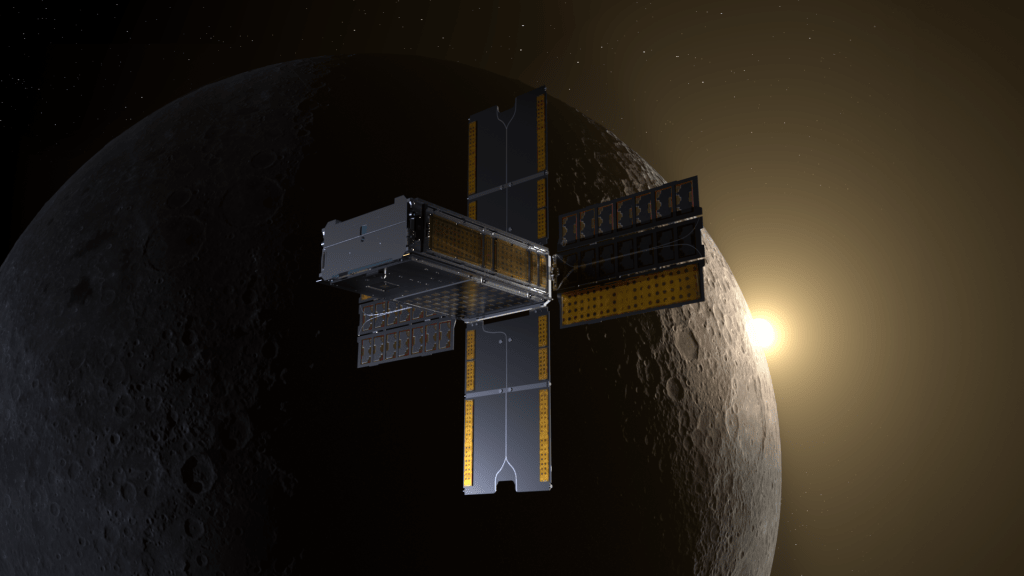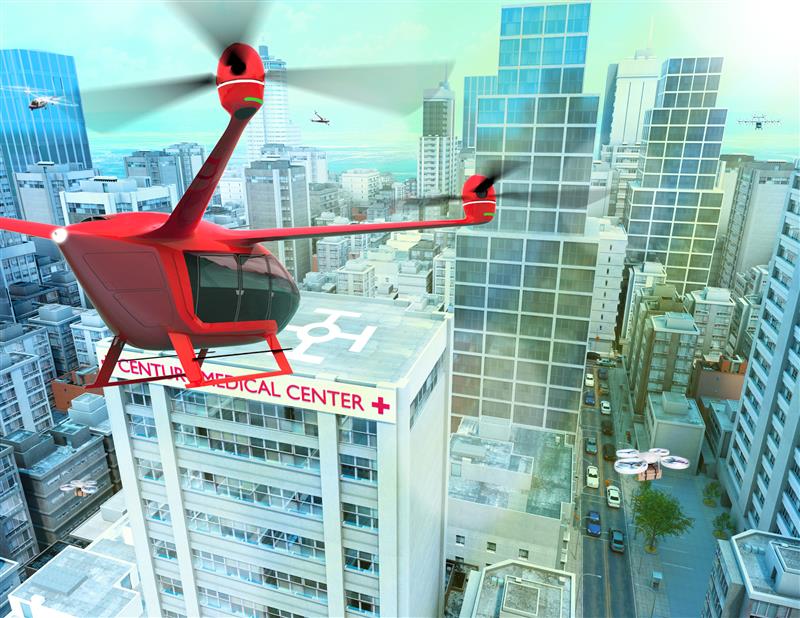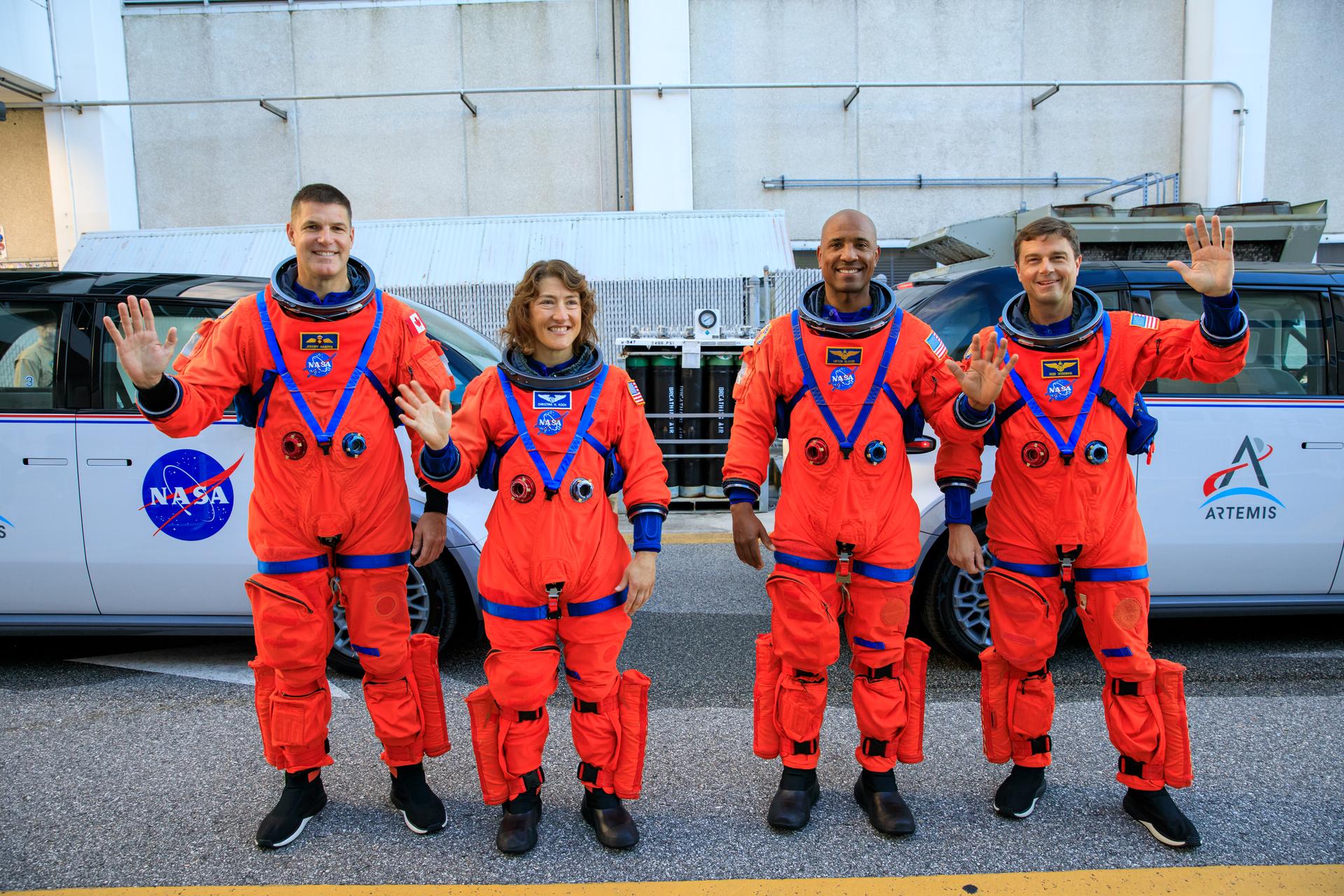Research
The Weather and Atmospheric Dynamics Focus Area supports research to obtain accurate measurements of the atmosphere that help improve short-term, subseasonal, and seasonal weather predictivity and predictions at local, regional, and global scales.
Focus Area News
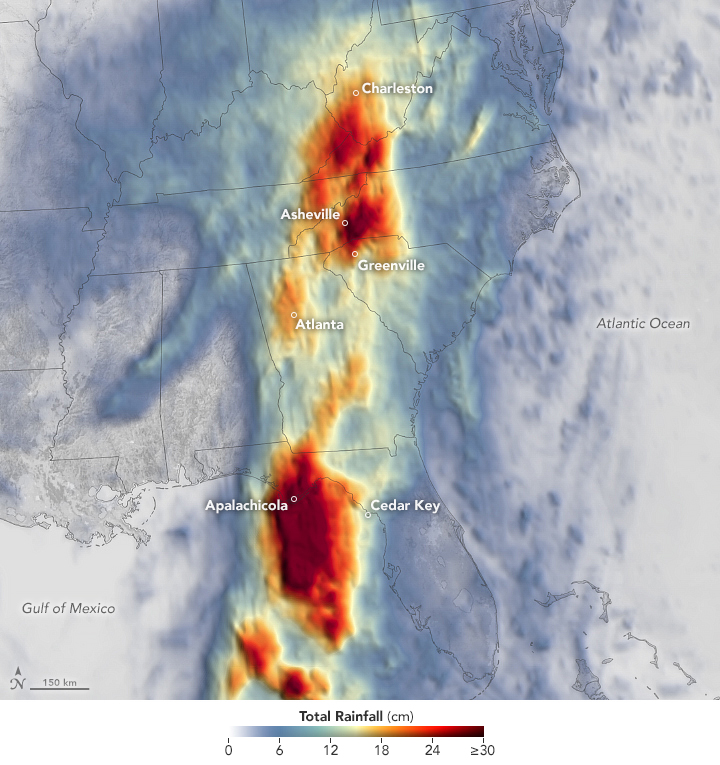
27 Years of Global Rainfall at Your Fingertips
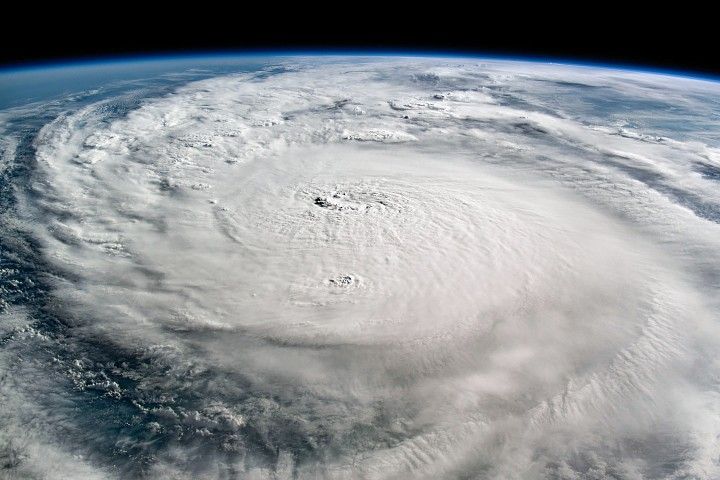
NASA’s Hurricane Science, Tech, Data Help American Communities
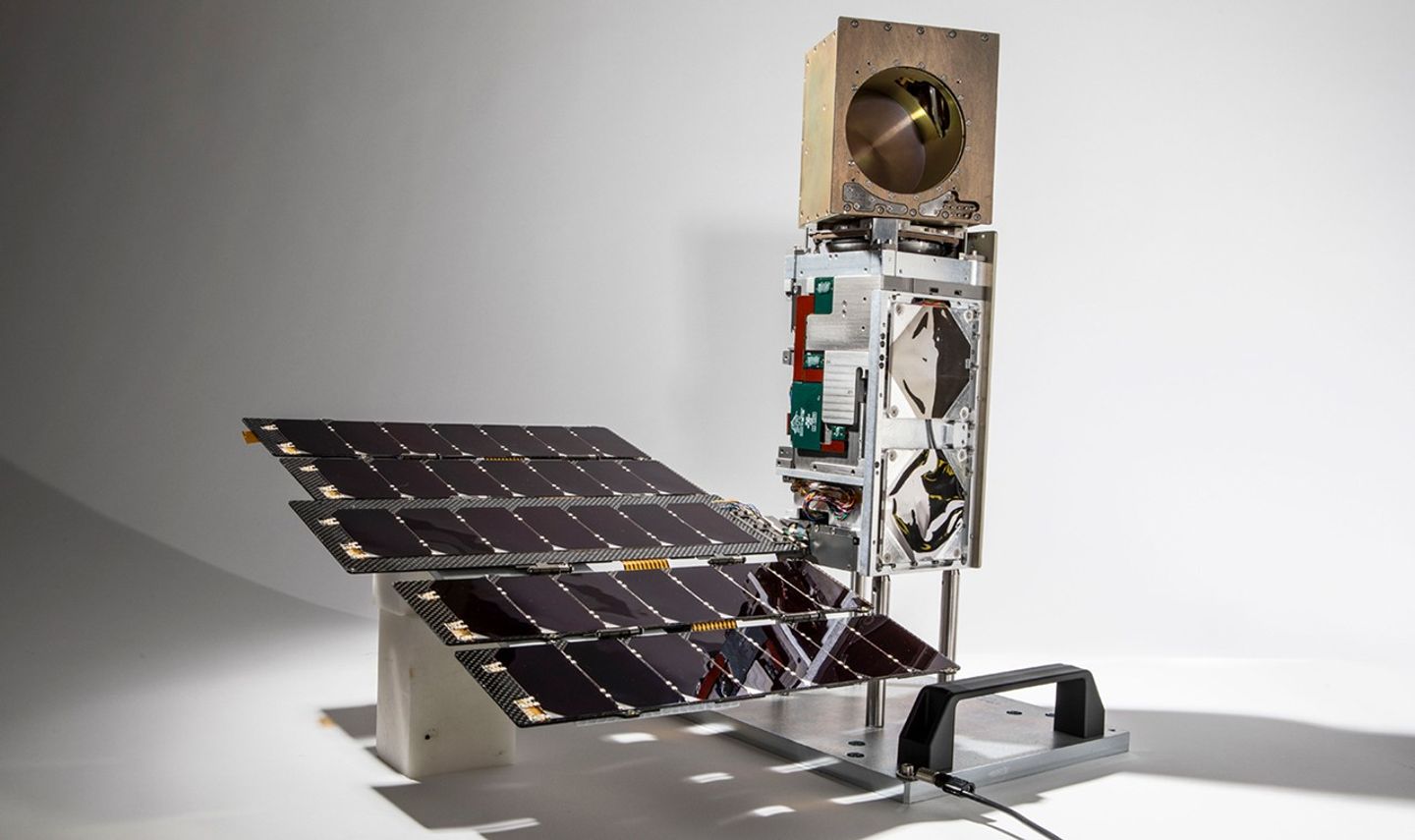
NASA’s TROPICS Mission: Offering Detailed Images and Analysis of Tropical Cyclones

NASA 3D Wind Measuring Laser Aims to Improve Forecasts from Air, Space

A Year in Review: New Earth Discoveries in 2024
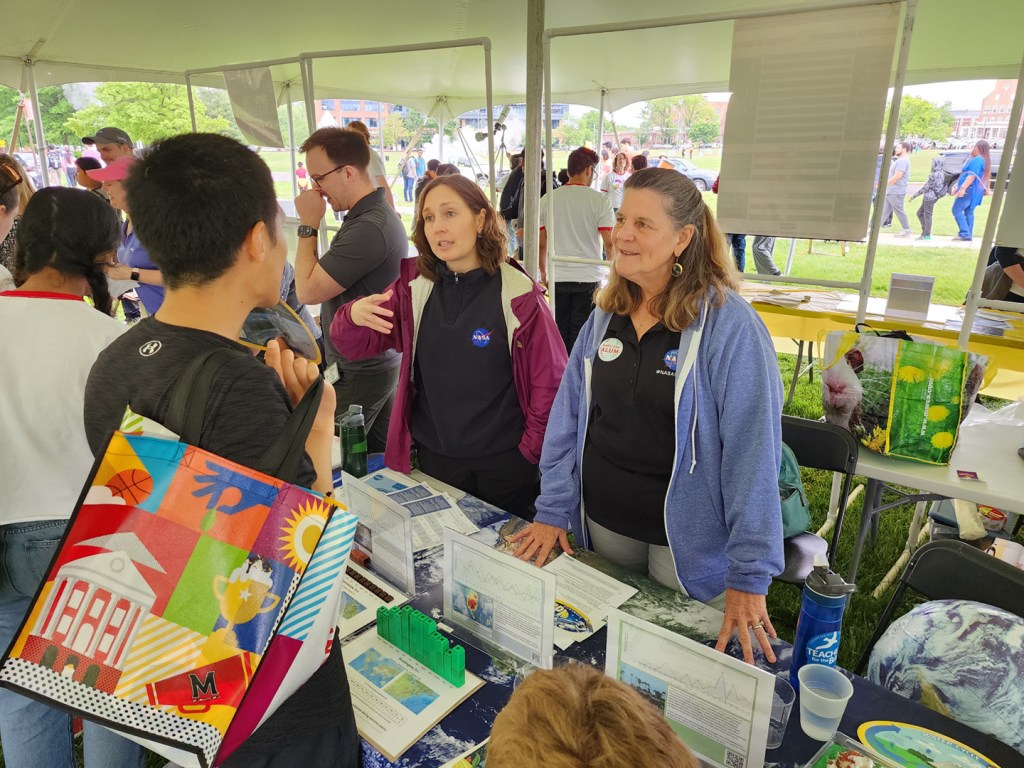
GPM Celebrates Ten Years of Observing Precipitation for Science and Society

Via NASA Plane, Scientists Find New Gamma-ray Emission in Storm Clouds
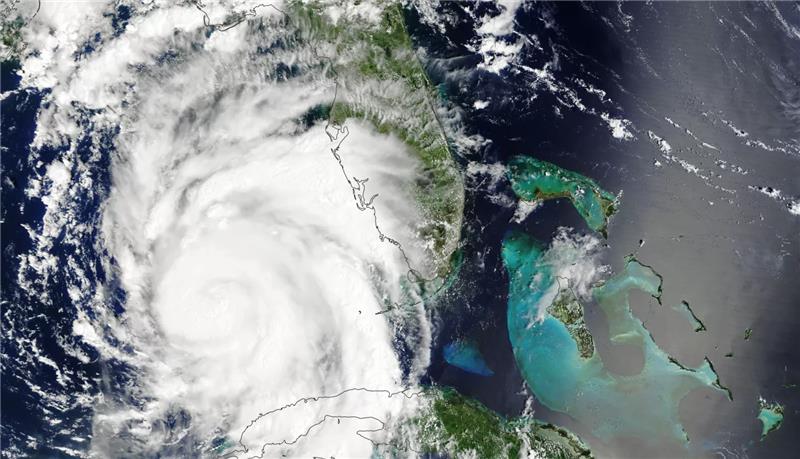
NASA, IBM Research to Release New AI Model for Weather, Climate
Focus Area Overview
The Weather and Atmospheric Dynamics Focus Area supports research to obtain accurate measurements of the atmosphere that help improve short-term, subseasonal, and seasonal weather predictions at local, regional, and global scales. Weather includes everything from localized microphysical processes that occur in minutes, to global-scale phenomena that can occur for an entire season.
Weather and Atmospheric Dynamics helps improve our knowledge of the fundamental processes that drive these systems and inform the operational infrastructure upon which other federal agencies rely, including the National Oceanic and Atmospheric Administration (NOAA), the Federal Aviation Administration (FAA), and the Department of Defense (DOD). Weather and Atmospheric Dynamics further supports research into profiling winds, temperature, humidity, pressure, and aerosols; air-sea and land-atmosphere interactions; and lightning occurrences.
Guiding and Planning Documents
2017 Earth Science Applications from Space
2015 Weather Focus Area Workshop Report
The Questions That Drive NASA's Weather and Atmospheric Dynamics Research
-
How can sub-seasonal to seasonal weather forecast duration and reliability be improved?
-
How can we improve predictive capability for weather, including extreme events?
-
What is the role of deep convective towers and precipitation on a tropical storm’s life cycle?
-
To what extent are storm intensification processes predictable?
-
How can we use NASA, NOAA, and other countries’ satellite observations innovatively and transition new algorithms, data, and tools to weather forecast operations at our partner agencies?
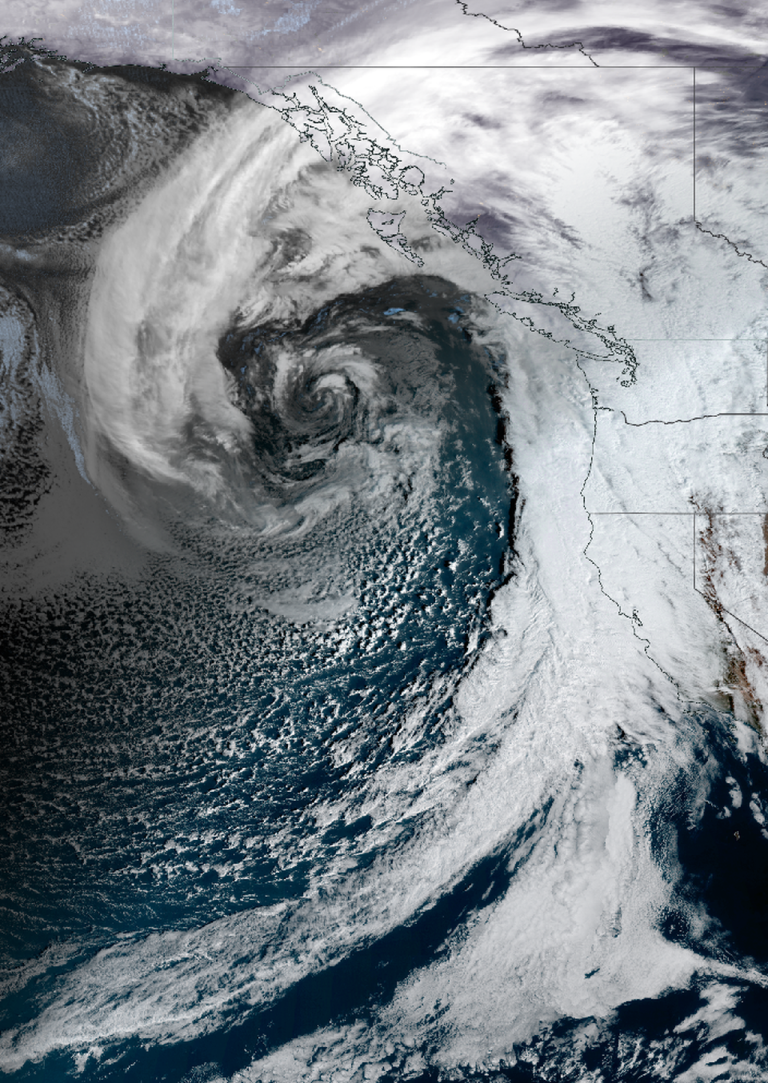
Funded Research Opportunities
Solicited program elements relevant to Weather and Atmospheric Dynamics are publicized through the Research Opportunities in Space and Earth Sciences (ROSES) NASA Research Announcements (NRAs) on the NASA Solicitation and Proposal Integrated Review and Evaluation System (NSPIRES) website. Past, open, and future solicitations can be searched and viewed on NSPIRES.
- A.2 Earth Venture: TROPICS and PREFIRE Science and Applications Teams: Step-1 due September 18, 2025, Step-2 due November 13, 2025
- A.4 Rapid Response and Novel Research in Earth Science: No due date
- A.9 User-Centered Applications with Large Earth Foundation Models: Step-1 due November 4, 2025, Step-2 due December 9, 2025
- F.5 Future Investigators in NASA Earth and Space Science and Technology: Due date TBD
Research Programs
-
Weather and Atmospheric Dynamics
Weather and Atmospheric Dynamics studies the dynamics of the atmosphere, temperature, moisture, and wind to better understand the conditions that drive specific weather events. This research improves computer models, algorithms, and data assimilation that support short-term to seasonal weather prediction and understanding. To do this, the Weather program observes atmospheric phenomena associated with the water cycle through suborbital and satellite observations to determine the relationship between atmospheric thermodynamics, dynamics, storm structure, and convection; ocean surface properties; and radiation within weather systems. Ultimately, Weather and Atmospheric Dynamics hopes to improve process models in these areas, provide initial conditions and assimilation of data to better characterize and understand weather systems, and develop long-term time-series of atmospheric analyses to support weather and climate studies.
 The DC-8 aircraft engines are visible through the passenger window during the CPEX-CV campaign. Each day, the team took off from Cabo Verde, an island nation in the east tropical North Atlantic Ocean, logging roughly 100 hours altogether.NASA/Amin Nehrir
The DC-8 aircraft engines are visible through the passenger window during the CPEX-CV campaign. Each day, the team took off from Cabo Verde, an island nation in the east tropical North Atlantic Ocean, logging roughly 100 hours altogether.NASA/Amin Nehrir -
Precipitation Science
The NASA Precipitation Measurement Missions (PMM) Science Team conducts scientific research including algorithm development, mission implementation, product validation, and data utilization in support of the Global Precipitation Measurement (GPM) and Tropical Rainfall Measuring Mission (TRMM) satellites. Research topics include storm structure and mesoscale dynamics, the global water cycle, climate analysis, and precipitation microphysics. In addition, Precipitation Science programs support work on precipitation algorithms, ground validation studies, and applications.
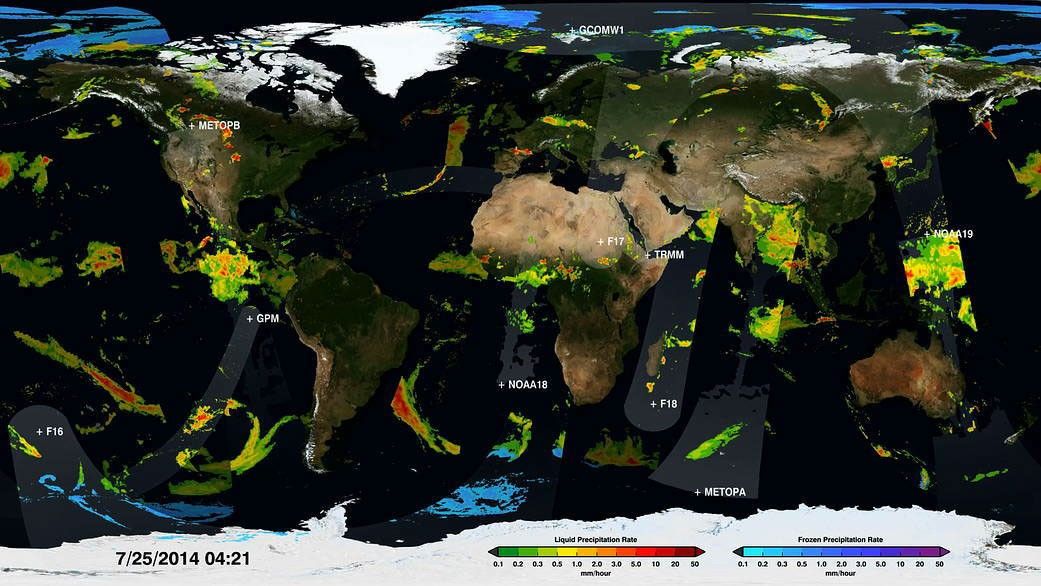 The ten satellites in the Global Precipitation Measurement (GPM) constellation provide unprecedented information about the rain and snow across the entire Earth.NASA/Scientific Visualization Studio
The ten satellites in the Global Precipitation Measurement (GPM) constellation provide unprecedented information about the rain and snow across the entire Earth.NASA/Scientific Visualization Studio -
Lightning
The primary objectives of the Lightning program include determining the relationship between the electrical characteristics of storms and precipitation, convection, and severe weather. Instruments have been designed, constructed, and deployed by NASA as ground-based, airborne, and space-based sensors capable of detecting and characterizing lightning in order to study the electrical behavior of thunderstorms.
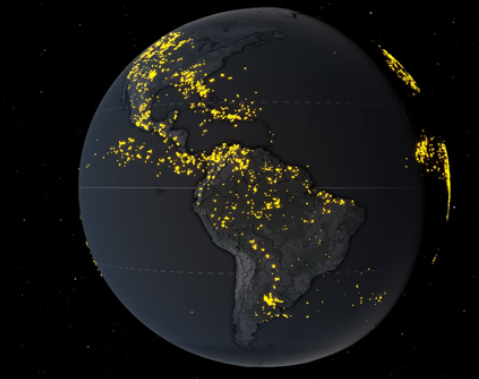 Lightning events detected by the Lightning Imaging Sensor (LIS) on the International Space Station (ISS) during June 2023 using a 10-day roving window.NASA/Scientific Visualization Studio
Lightning events detected by the Lightning Imaging Sensor (LIS) on the International Space Station (ISS) during June 2023 using a 10-day roving window.NASA/Scientific Visualization Studio -
Planetary Boundary Layer
Improved understanding and prediction accuracy of the atmospheric Planetary Boundary Layer (PBL) and the ability to make significant advances in several PBL application areas (e.g., air quality and human health, improved forecasting of severe storms, improved climate projections, renewable energies) are currently constrained by the lack of global PBL observations at sufficient spatial and temporal resolution and sampling. NASA works to identify the most critical PBL science and applications questions in the context of Earth System science considering the diverse spatial and temporal scales of the atmosphere, ocean, land, and ice. New observing technologies and approaches, including in situ as well as ground-based, airborne, and satellite remote sensing, have the potential to significantly increase the quality, amount, and types of observations collected within the PBL.
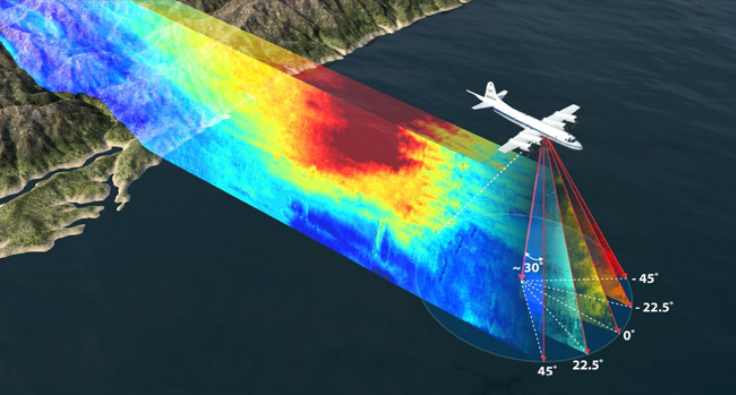 The Next-Generation Aerosol Wind Profiler (AWP) wind lidar is capable of providing near-simultaneous full 3-D wind vector retrievals. The AWP operates with laser pulse energy and has a repetition rate combination for high spatial and vertical resolution wind profiling from space.NASA/Langley Research Center
The Next-Generation Aerosol Wind Profiler (AWP) wind lidar is capable of providing near-simultaneous full 3-D wind vector retrievals. The AWP operates with laser pulse energy and has a repetition rate combination for high spatial and vertical resolution wind profiling from space.NASA/Langley Research Center -
Satellite Data Assimilation
The Global Modeling and Assimilation Office (GMAO) uses comprehensive global models and data assimilation techniques to maximize the impact of satellite observations in climate, weather, and atmospheric composition prediction. To achieve this goal, GMAO develops models and assimilation systems for the atmosphere, ocean, and land surface; generates products to support NASA instrument teams for field campaigns and the NASA Earth Science Research and Analysis program; and undertakes scientific research to inform modeling system development. The Joint Center for Satellite Data Assimilation (JCSDA) is a partnership among NASA, NOAA, and DOD. Its mission is to accelerate and improve the quantitative use of research and operational satellite data in weather, ocean, and environmental analysis and prediction models.
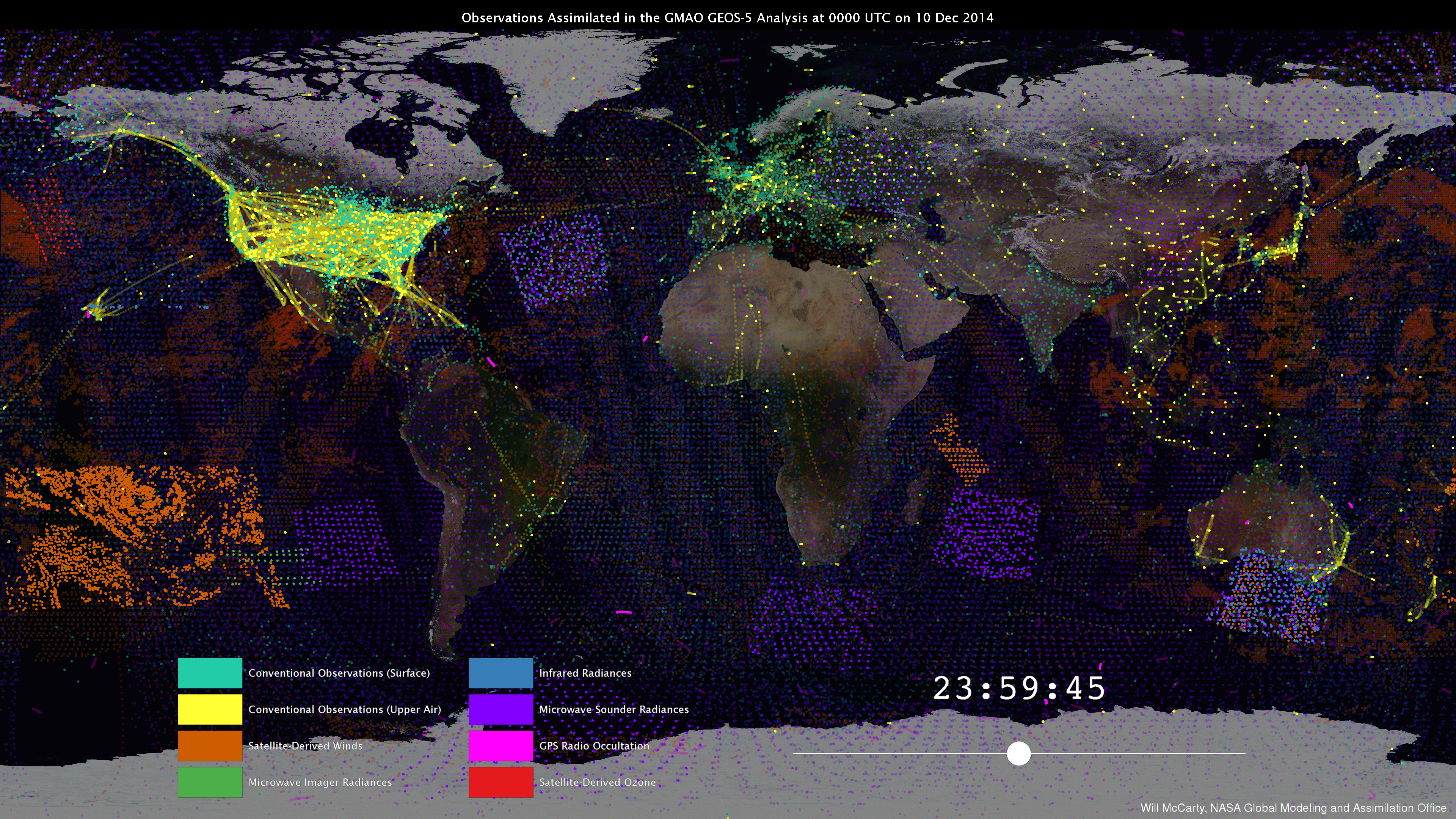 Example of global weather observations assimilated into the NASA Goddard Earth Observing System (GEOS)-5 data assimilation system. Data assimilation occurs multiple times per day.NASA/Scientific Visualization Studio
Example of global weather observations assimilated into the NASA Goddard Earth Observing System (GEOS)-5 data assimilation system. Data assimilation occurs multiple times per day.NASA/Scientific Visualization Studio -
High-End Computing and Modeling
The NASA High-End Computing Program supports the agency's aeronautics research, human exploration, scientific discovery, and space operations missions. Our programs support Earth Science computational modeling needs, primarily focusing on weather and climate models. The High-End Computing Program also supports the development of machine learning and artificial intelligence foundation models, among other numerical techniques to study global climate change, weather forecasting, and prediction problems.
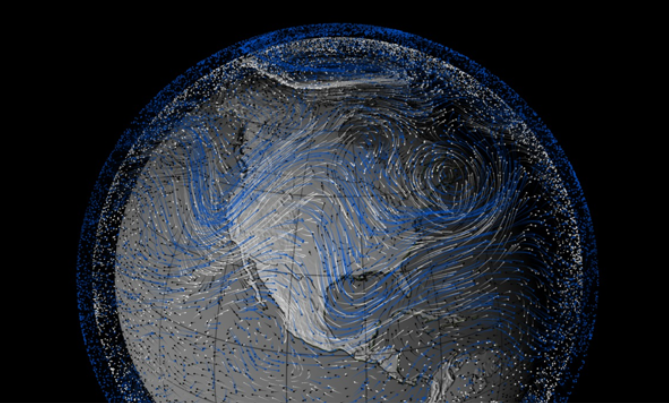 The Modern Era Retrospective-analysis for Research and Applications (MERRA) was developed to support NASA's Earth science objectives, by applying the state-of-the-art GMAO data assimilation system that includes many observing systems in a climate framework.NASA/Scientific Visualization Studio
The Modern Era Retrospective-analysis for Research and Applications (MERRA) was developed to support NASA's Earth science objectives, by applying the state-of-the-art GMAO data assimilation system that includes many observing systems in a climate framework.NASA/Scientific Visualization Studio -
Operational Geostationary Satellite Systems
Earth Science Research from Operational Geostationary Satellite Systems is a cross-cutting Earth Science Division program element managed by the Weather and Atmospheric Dynamics Focus Area. The program provides an opportunity for the Earth Science research community to perform scientific research using data from the new generation of operational geostationary satellites. Program achievements include advancing the understanding of changes in the Earth’s radiation balance, air quality, and ozone layer, improving the capability to predict weather and extreme weather events, and enabling better assessment of the global water cycle, among other goals that inform decisions and provide benefits to society.
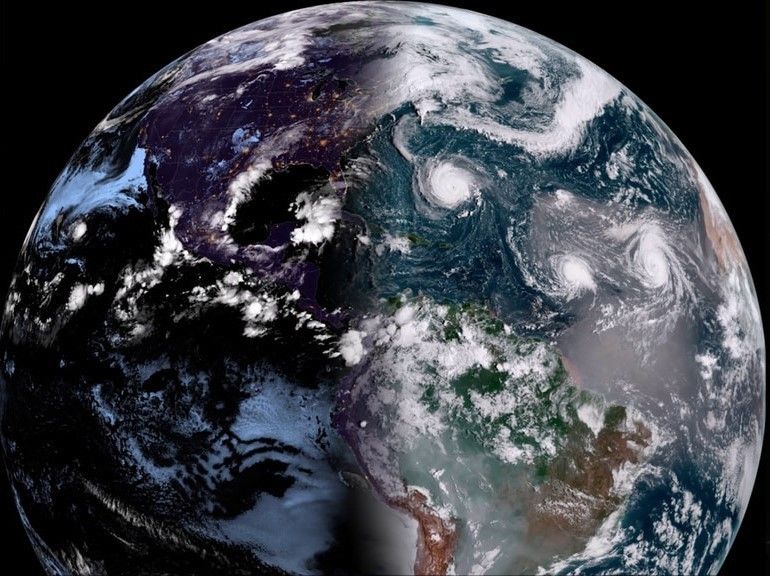 Geostationary satellite view of clouds and weather systems over the Western Hemisphere. The GeoColor imagery combines data from multiple satellite channels to approximate what the human eye would see from space.NASA/Scientific Visualization Studio
Geostationary satellite view of clouds and weather systems over the Western Hemisphere. The GeoColor imagery combines data from multiple satellite channels to approximate what the human eye would see from space.NASA/Scientific Visualization Studio -
Short-term Prediction Research and Transition
The Short-term Prediction Research and Transition Center (SPoRT) takes the data products and algorithms from NASA research satellites and transitions them to NOAA’s National Weather Service (NWS) Weather Forecast Offices (WFOs). SPoRT aims to improve short-term forecasts on a regional scale.
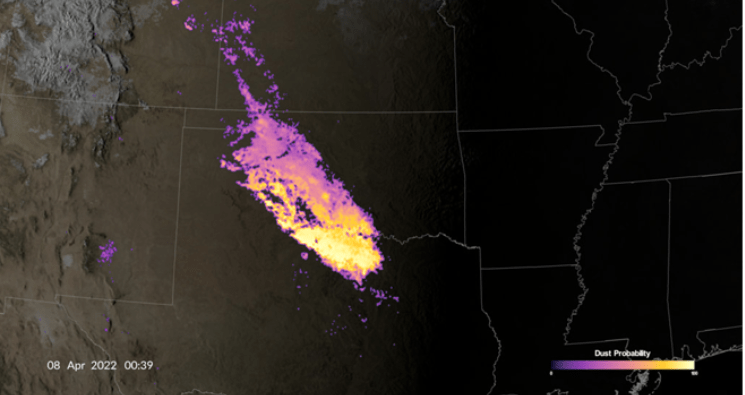 The NASA Short-term Prediction Research and Transition (SPoRT) Center at Marshall Space Flight Center developed DustTracker-AI, a physically-based machine learning model to track dust into the night-time hours.NASA/Scientific Visualization Studio
The NASA Short-term Prediction Research and Transition (SPoRT) Center at Marshall Space Flight Center developed DustTracker-AI, a physically-based machine learning model to track dust into the night-time hours.NASA/Scientific Visualization Studio
Distributed Active Archive Centers (DAACs)
- EarthData Distributed Active Archive Centers (DAACs)
- Global Hydrology Resource Center
- Goddard Earth Sciences (GES) Data and Information Services Center (DISC)
- Physical Oceanography DAAC (PO.DAAC)
- Precipitation Processing System
Missions and Campaigns
The Weather and Atmospheric Dynamics team manages and utilizes data from many Earth observing missions and campaigns. We've cataloged them all on this page and sorted them by type and mission phase.
Learn More
Public Events
Upcoming Meetings and Workshops
- AI Foundation Models for the Atmosphere, 18-21 August 2025, Fort Collins, CO, USA
- NURTURE Science Team Meeting, 3-5 September 2025, Hampton, VA, USA
- Decadal Survey Planetary Boundary Layer Incubation Community Technical Meeting, 15-16 September 2025, Hyattsville, MD, USA
- 2025 AIRS/Sounder Science Team Meeting, 17-19 September 2025, Hyattsville, MD, USA
- American Geophysical Union (AGU) 2025 Fall Meeting, 15-19 December 2025, New Orleans, LA, USA
- 106th American Meteorological Society (AMS) Annual Meeting, 25-29 January 2026, Houston, TX, USA
Select Recent Meetings and Workshops
Session materials and recordings linked as available.
- Decadal Survey Planetary Boundary Layer Incubation Community Meeting, 1-3 April 2025, Silver Spring, MD, USA
- CYGNSS Science Team Meeting, 3-5 February 2025, Miami, FL, USA
- 105th American Meteorological Society (AMS) Annual Meeting, 12-16 January 2025, New Orleans, LA, USA
- American Geophysical Union (AGU) 2024 Fall Meeting, 9-13 December 2024, Washington, DC, USA
- INCUS Science Team Meeting, 13-15 November 2024, Fort Collins, CO, USA
- 2024 AIRS/Sounder Science Team Meeting, 24-27 September 2024, Pasadena, CA, USA
- 2024 NASA Precipitation Measurement Missions (PMM) Science Team Meeting, 10-12 September 2025, San Diego, CA, USA
- IMPACTS 2024 Science Team Meeting, 30-31 July 2024, Boston, MA, USA
Collaborating Organizations
NASA Center Programs
- Ames Earth Science Division
- Global Modeling and Assimilation Office
- Goddard Space Flight Center Earth Sciences
- Jet Propulsion Laboratory Earth Sciences
- Land Information System
- Langley Science Directorate
- Marshall Earth Science Office
- Precipitation Measurement Missions Science Team
- Short-term Prediction Research and Transition Center
Interagency and International Partnerships
- Joint Center for Satellite Data Assimilation (JCSDA)
- Joint Program Planning Group (JPPG)
- NOAA U.S. Weather Research Program
- U.S. Interagency Council for Advancing Meteorological Services (ICAMS)
- World Meteorological Organization
Contacts
Tsengdar Lee
Weather and Atmospheric Dynamics Focus Area Lead and Program Scientist
Weather Modeling and Data Assimilation
Short-term Weather Research and Transition
Contact | Bio
Will McCarty
Weather and Atmospheric Dynamics Program Scientist
Global Precipitation Measurement (GPM), CYGNSS, LIS, and Aqua
Contact | Bio
Justin Stachnik
Associate Program Scientist
Weather and Atmospheric Dynamics Focus Area
Contact | Bio
In memoriam, Gail Skofronick-Jackson (Bio)


